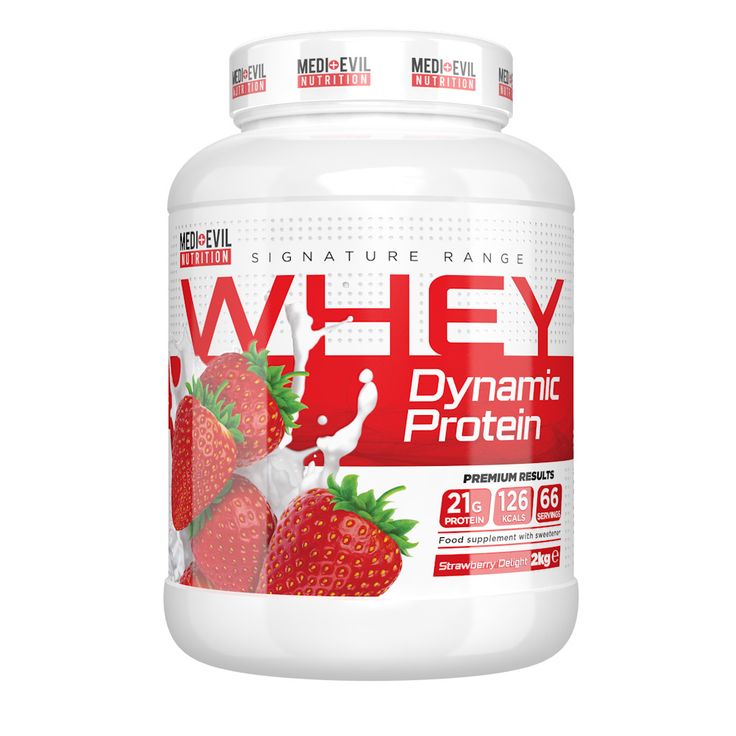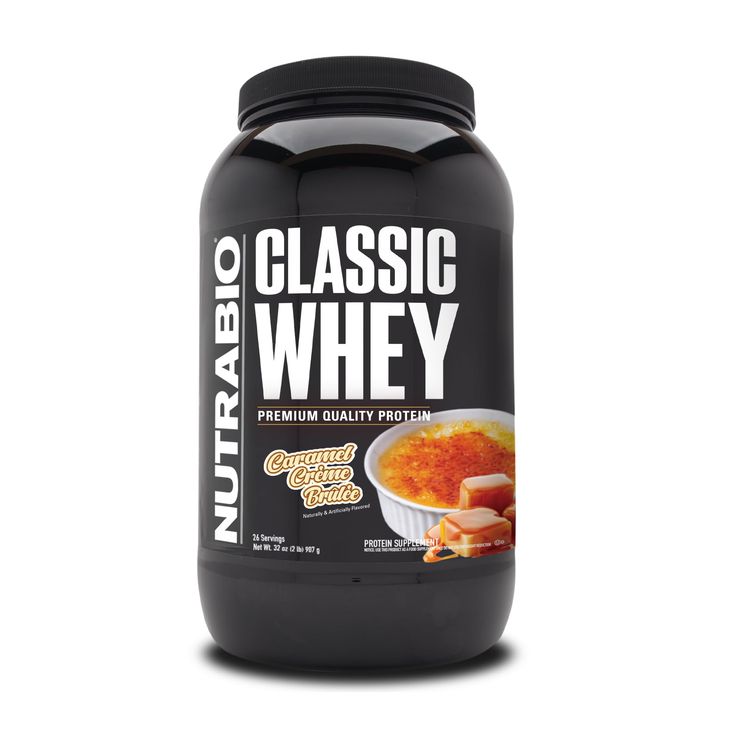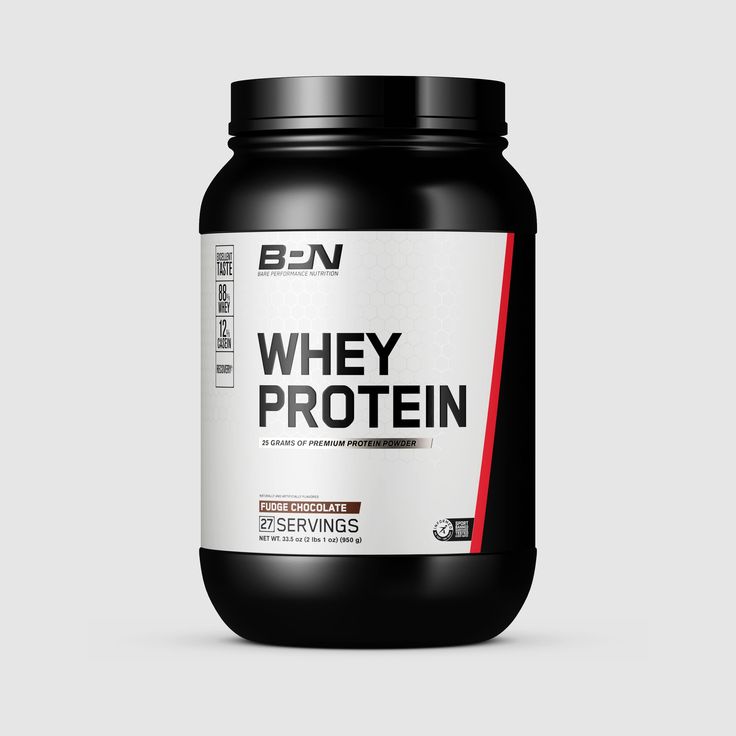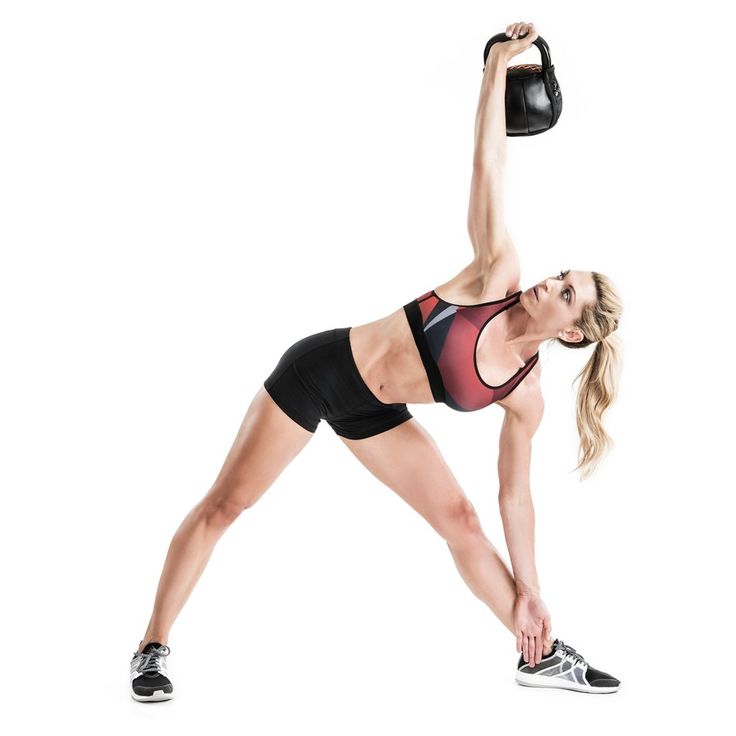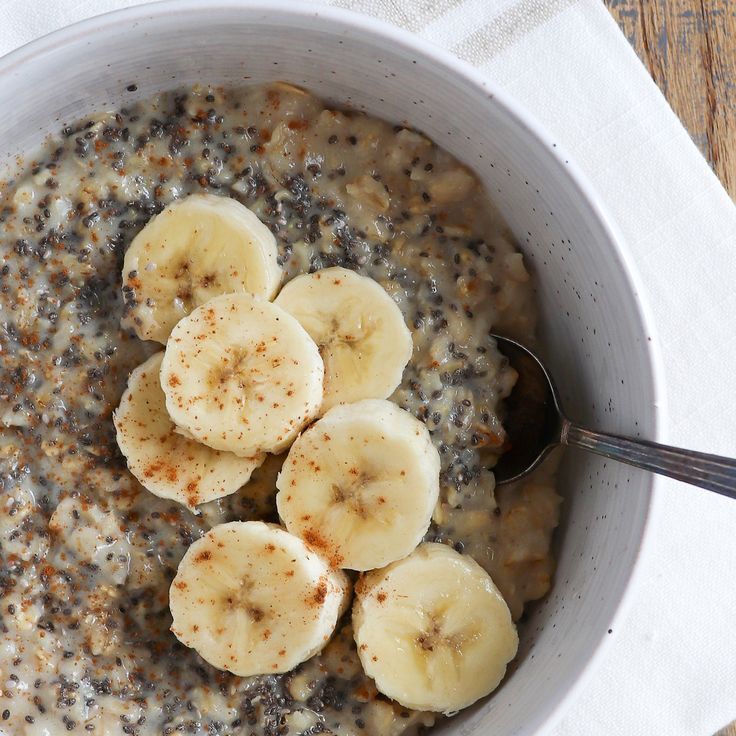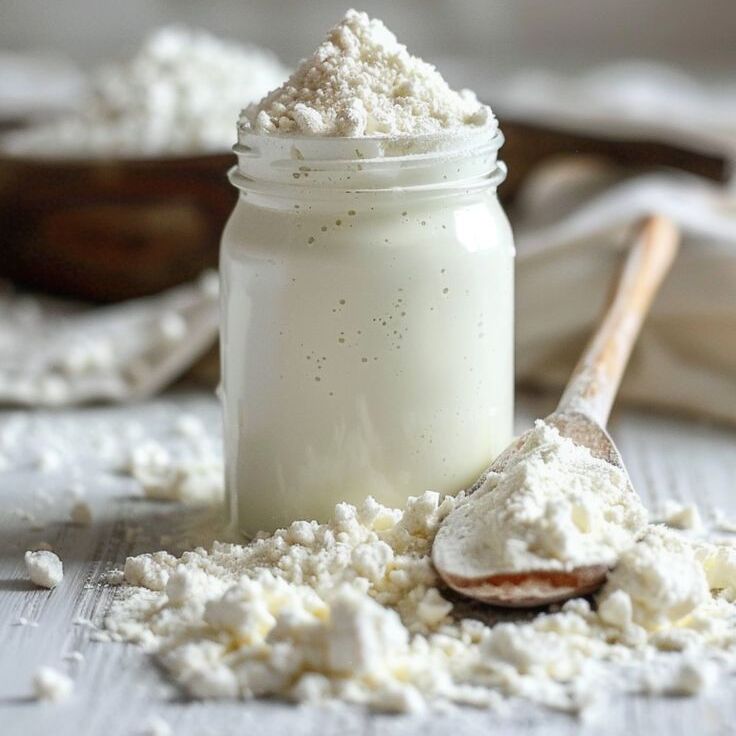Importance of Supplements in Body Building
The journey to muscle growth can be challenging. Supplements support and push past natural limits. They can fill nutritional gaps, enhance muscle growth, improve recovery times, and boost overall performance. While a well-balanced diet is crucial, certain nutrients are hard to get from food alone. That’s where best body building supplements come in—they provide the essential proteins, amino acids, and other nutrients that your body needs to build muscle effectively.
In body building, precision and strategy are key. Supplements help you plan and time your nutrient intake for optimal results. They can give you a pre-workout boost, aid in post-workout recovery, or ensure you get enough protein throughout the day. Choosing the right supplements can make a significant difference in your body building progress.
In summary, supplements are valuable tools for achieving muscle growth goals. With the right selection, they enhance your diet and exercise efforts. For those looking to maximize muscle gains, investing in quality supplements can be a game-changer.
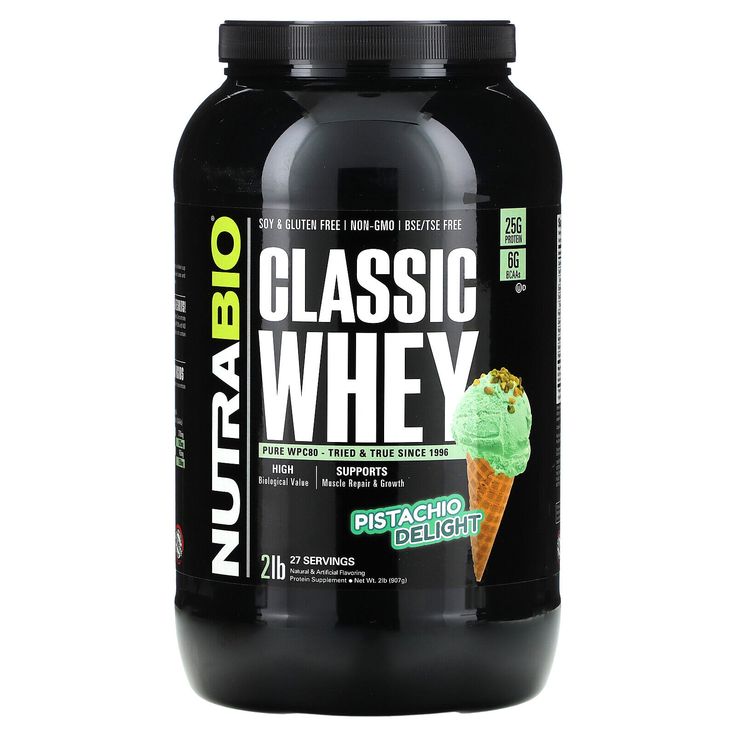
Protein Supplements: Whey and Casein
Protein supplements are crucial for muscle growth. They provide necessary nutrients that might not be sufficiently obtained from your daily diet.
Whey Protein: Benefits and Recommended Intake
Whey protein is a top choice for many bodybuilders due to its high-quality and rapid absorption qualities. Consuming 20-40 grams of whey protein immediately after workouts can significantly aid in muscle recovery and growth. It’s also beneficial to take whey protein first thing in the morning to jumpstart muscle synthesis.
Casein Protein: Ideal Uses and Timing
Casein protein differs from whey because it digests slowly. This makes it excellent for consumption before bed. It helps prevent muscle breakdown during sleep. About 20-40 grams of casein protein is recommended right before bedtime. Adding it to your diet provides a steady supply of amino acids while you are sleeping.
Creatine for Increased Strength and Mass
Creatine is a popular supplement among athletes and bodybuilders. It boosts energy during workouts and supports muscle mass gain. Creatine naturally occurs in red meats and fish, but supplementation ensures adequate levels.
How Creatine Aids in Muscle Growth
Creatine helps your muscles produce energy during heavy lifting or high-intensity exercise. It enhances muscle cells’ ability to retain water, which promotes muscle growth. Creatine also increases levels of IGF-1, a hormone important for muscle development.
Effective Dosage and Timing of Creatine
Start with a loading phase of 20 grams per day for 5-7 days, divided into 4 servings. After this phase, maintain creatine levels by consuming 5 grams daily. The best times to take creatine are just before or right after a workout, as well as on non-workout days, with a meal.
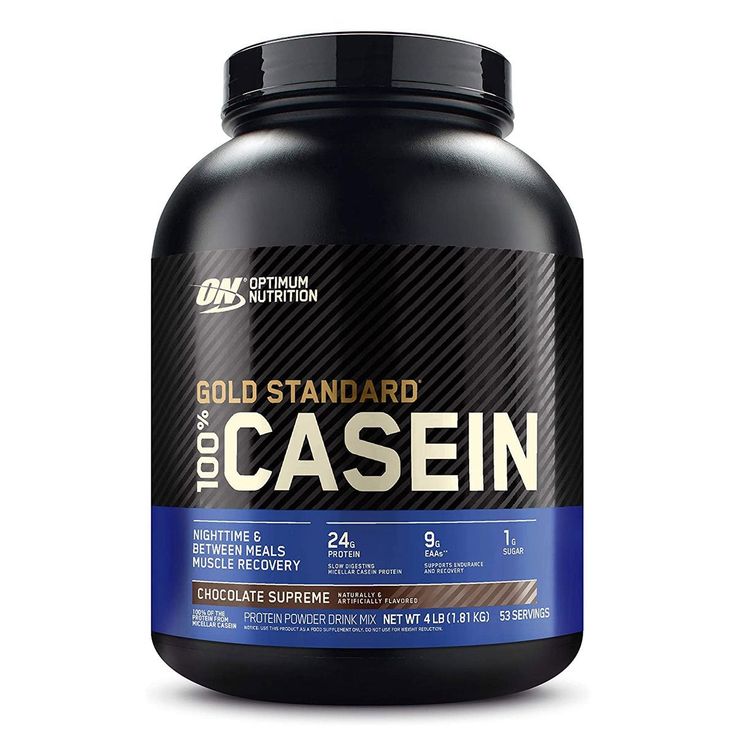
Amino Acids: BCAAs and Essential Amino Acids
Amino acids, including BCAAs and essential amino acids, are crucial for muscle development. They work together to repair tissues, support muscle growth, and maintain overall health.
Role of Branched-Chain Amino Acids in Muscle Repair
BCAAs, specifically leucine, isoleucine, and valine, play a critical role in muscle repair. They help rebuild torn muscle fibers after intensive workouts. BCAAs also speed up recovery, reduce muscle soreness, and protect muscles from breakdown during training.
The Importance of Essential Amino Acids in Diet
Essential amino acids must come from our diet; the body cannot make them. Foods like eggs, fish, and poultry are rich in these amino acids. Supplements ensure you get enough of these nutrients for optimal muscle function. Without them, your body cannot perform at its best or efficiently build muscle.
Beta-Alanine and HMB for Muscle Endurance
Beta-Alanine and HMB are supplements known to support muscular endurance. By buffering acid in muscles and reducing protein breakdown, they enhance workout performance and promote muscle growth.
Beta-Alanine: Enhancing Performance and Reducing Fatigue
Beta-Alanine, a non-essential amino acid, helps fight muscle fatigue. It does this by increasing carnosine levels, which reduce acid build-up during high-intensity exercise. For consistent benefits, take 2-5 grams daily. This will help increase muscle endurance and training volume.
HMB: Its Role in Muscle Protein Synthesis
HMB, or Beta-Hydroxy Beta-Methylbutyrate, is a compound derived from the breakdown of the amino acid leucine. It aids muscle gain by minimizing protein breakdown and supporting recovery. For best results, intake 3 grams of HMB daily. This will contribute to lean body mass and strength gains, particularly for those starting a new training program or increasing workout intensity.

Mass Gainers: Weight Gainers and Carbohydrate Supplements
To gain muscle, you need more than protein. Mass gainers can help. These supplements offer a mix of carbs and protein. They work best for those who struggle to eat enough to grow.
Understanding Weight Gainer Supplements
Weight gainers are high-calorie supplements. They contain carbs, protein, and sometimes fats. Mostly, they help you eat more calories easily. They’re not magic, but they are useful if you have a high metabolism or can’t eat much.
The Use of High Molecular-Weight Carbohydrates in Muscle Recovery
High molecular-weight carbs (HMW carbs), like Vitargo, quickly pass through the stomach. They aid in fast muscle recovery. After workouts, they replenish muscle glycogen. That helps growth and recovery, alongside protein.
Additional Amino Acids: Glutamine and Carnitine
The Benefits of Glutamine in Bodybuilding
Glutamine is a major player in muscle health. It aids muscle growth by increasing leucine in muscle fibers. This helps decrease muscle breakdown. Glutamine also boosts immune function, reducing sick days and maintaining training consistency. For effective results, take 5-10 grams with your breakfast. Include similar amounts pre- and post-workout, and at bedtime.
Carnitine’s Role in Fat Metabolism and Muscle Growth
Carnitine assists in burning fat and enhancing muscle growth. It transports fatty acids into cells for energy recovery. This process fuels workouts and helps in muscle recovery. Carnitine also supports an increase in blood flow to muscles. This enhances nutrient delivery and growth responses. For maximum benefit, take 2-3 grams daily with carbohydrates, to improve absorption. This supplement strategy helps optimize muscle recovery and growth.
Nitric Oxide Boosters and Their Effects
Nitric oxide boosters play a key role in muscle growth and performance. These supplements, often containing the amino acid arginine, enhance nitric oxide production in the body. Nitric oxide, a vital molecule, aids in various processes significant to bodybuilders and athletes.
The Science Behind Nitric Oxide Boosters for Improved Blood Flow
Nitric oxide (NO) is a vasodilator, meaning it relaxes the inner muscles of blood vessels. This relaxation causes the vessels to widen, leading to increased blood flow. Enhanced blood flow delivers more oxygen and nutrients to your muscles during exercise. This can lead to better workout performance, endurance, and muscle pumps.
Boosting nitric oxide levels helps improve the delivery of glucose and amino acids to muscles. This fuels workouts and accelerates recovery. Moreover, increased blood flow may assist in the removal of metabolic waste, such as lactic acid, reducing muscle soreness and fatigue.
Best Practices for Supplementing with Nitric Oxide
For maximizing the effects of nitric oxide boosters, it is vital to follow best practices. An effective dosage typically ranges from 3-5 grams of arginine, taken 30 minutes before your workout. This timing ensures peak levels of nitric oxide during exercise, supporting muscle growth and performance.
Additionally, some nitric oxide supplements may include other ingredients like citrulline, which works with arginine to boost NO levels. It’s wise to choose a supplement with a blend of these for optimal results. Be sure to also stay hydrated and maintain a well-rounded diet to support the function of these boosters.
In conclusion, nitric oxide boosters can significantly enhance muscle growth, pump, and performance. By facilitating better blood flow and nutrient delivery, they help you get the most out of every workout. Stick to recommended dosages and consider your overall nutrition for the best results.
The Role of ZMA in Recovery and Muscle Growth
ZMA, a blend of zinc, magnesium, and vitamin B6, aids recovery and muscle growth. Zinc plays a key part in testosterone production, crucial for building muscle. Magnesium supports muscle function and sleep quality, vital for recovery. Vitamin B6 enhances the absorption of zinc and magnesium, maximizing their benefits. Together, these nutrients help maintain hormone levels and aid restful sleep, essential for muscle repair and growth.
The Combination of Zinc, Magnesium, and Vitamin B6
ZMA supplements unite zinc, magnesium, and vitamin B6 in one formula. Zinc supports immune function and muscle repair. Magnesium contributes to muscle relaxation and metabolic function. Vitamin B6 assists in energy metabolism and neurotransmitter synthesis. The synergy of these nutrients promotes overall well-being and muscle health.
Optimal Timing for ZMA Consumption
Take ZMA 30-60 minutes before bedtime on an empty stomach. This timing helps improve sleep quality and recovery. Avoid taking ZMA with foods high in calcium as it can hinder absorption. Consistent nightly use of ZMA can enhance sleep, recovery, and muscle growth over time.













